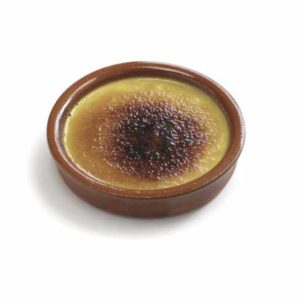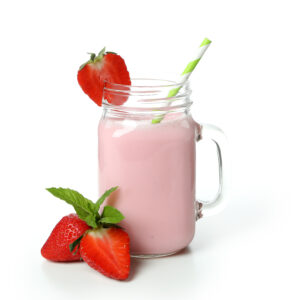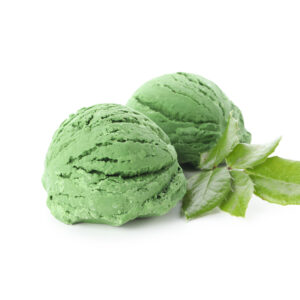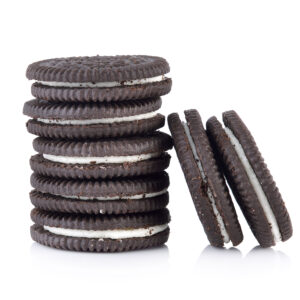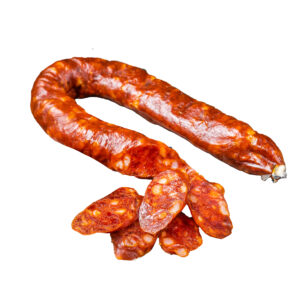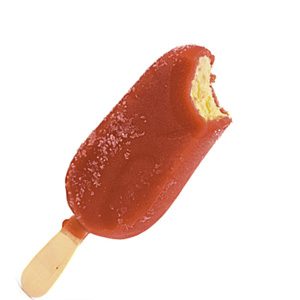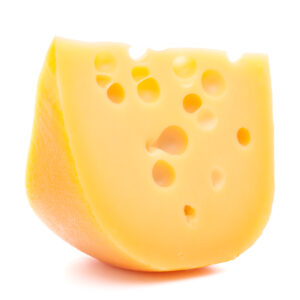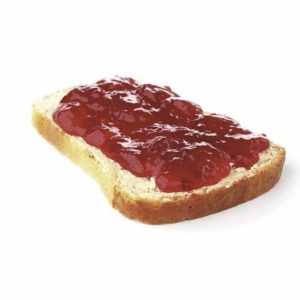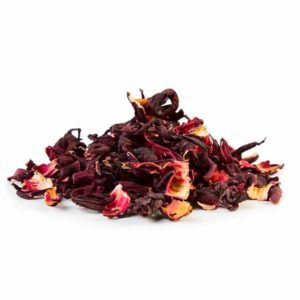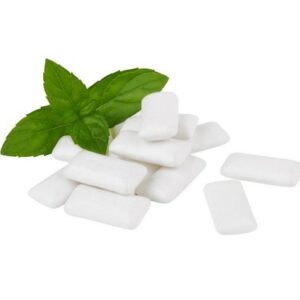Jams and confectionery colouring solutions
The pastry and confectionery shop stands out for its meticulous and original approach, incorporating innovative and colourful, edible, natural colourants are used to make sweet doughs, cookies, jams, transmitting flavour, culture and aromas in a very visual way. These products become companions in our daily routines from breakfast in the mornings to work, enjoying an afternoon tea to concluding the day with a dessert at dinner.
We are dedicated to infusing your products with the personality it deserves, offering an extensive catalog and four lines of food colourants. These visually stimulating elements enhance special moments, such as birthday cake for celebration. Our colourants guarantee absolute quality, proving effective in all the stages of recipe production for confectionery and jams.
-
Red
Black carrot
Read moreBlack carrot: Red colorant obtained by extraction of the Black Carrot (a variety of carrot with an intense red colour) and subsequently dehydrated by atomization. It comes in liquid and powder format. It can be applied in soft drinks, wines, liqueurs, confectionery in general, juices, jams and others as long as the final pH is acidic.
-
Blue
Blue Genipa
Read moreOur blue colouring food is derived from the Jagua or Huito (Genipa Americana), an edible fruit abundant in the tropical forests of Latin America. Available in powder or liquid form, it is water-soluble and demonstrates excellent stability to heat, light, and a wide range of pH levels, both acidic and neutral. It finds applications in desserts, ice creams, beverages, confectionery, pastry, sweets, and candies.
-
Blue
Blue Spirulina
Read moreBlue Spirulina: This product is a blue pigment derived from blue-green algae, featuring Phycocyanin as the active agent. It is water-soluble, offered in both powder and liquid forms, and exhibits good stability to heat, light, and a range of pH levels. Ideal for use in desserts, ice creams, beverages, confectionery, pastry, sweets, and candies.
-
Yellow
E-100 Curcumin
Read moreCurcumin (E-100): Natural colorant that offers bright and intense colour tones ranging from yellow to orange. Obtained from Curcuma longa, a member of the ginger family, through a process of extraction, drying, and purification. Known for its high anti-inflammatory properties and health benefits, we provide it in powder and liquid formats, both hydro-soluble and fat-soluble. Typically used in dairy products desserts, jams, meat, snacks, baked goods, preserves, pasta, ice cream, sauces, and drinks.
-
Orange, Red
E-120 Carmine
Read moreCarmine (E-120): This widely-used natural food colouring, derived from cochineal extracts, imparts deep red hues, shades of orange, and purplish tones. Carminic acid and carmine lakes, are applied in colouring various products like food, drugs, and cosmetics. These include meat, seafood, confectionery, alcoholic beverages, soft drinks, cider, vinegar, yogurt, baked goods, jams, jellies, dairy products, snacks, convenience foods, fruit preparations, and seasonings.
The colours exhibit stability against light, heat, and varying pH levels, with some being water-soluble and others fat-soluble.
-
Green
E-141 CU-CHLOROPHYLLINE / CHLOROPHYLL
Read moreChlorophyllin cuprosodic (E-141): Alfalfa-derived natural green is used to produce chlorophyllin, a blend of copper salts and sodium originating from chlorophyll. Being water soluble, it facilitates enhanced absorption by the body while maintaining it’s inherit properties. Chlorophyllin finds application in various beverages, smoothies, ice cream, jellies, pastries, vegetables dishes, cheeses, and candies. Its stability to both light and heat exposure is remarkable.
-
Black
E-153 CHARCOAL
Read moreCarbon Black (E-153): Charcoal is a natural colorant in black tones, obtained from the burning of vegetables, coconut shells and other natural materials reduced to small particles and suspended in glucose syrup. Presented as a paste, it is soluble in water and applicable in neutral or acid pH products. Used in the fish industry for caviar or surimi imitation, as well in confectionery, candies, cookies and chocolates. It serves as a vegetable black pigment without toxicity, suitable for human consumption. Excellent stability to the light and heat exposure.
-
Orange, Yellow
E-160A Betacarotene
Read moreBetacarotene (E-160a): Betacarotenes are natural pigments that provide orange and yellow colours to fruits and vegetables. Recognized for their skin, eyesight and overall health benefits, these pigments find applications in medicine and the food industry. Our quality products are sourced through extraction from natural sources and biosynthesis in the laboratory. Available in liquid or powder formats, these natural food colorants are applicable to dairy, bakery, drinks, margarine, snacks, sauces, candies and desserts. They are stable, safe, easy to apply and exhibit excellent solubility.
-
Orange, Red
E-160c Paprika ORP
Read moreOleoresin (E-160C): Paprika oleoresin serves as a red vegetable colouring, easily dissolvable in liquids and viscous substances. Extracted naturally from Capsicum Annum L peppers, it contains Capsanthin pigment, providing orange and red shades from the carotenoid family. Available in powder or liquid format, it demonstrates good stability to light and heat. Applicable to products with acidic or neutral pH, including meat, surimi, sauces, candies, snacks, spices and vegetables.
-
Red
E-160d Lycopene
Read moreLycopene E-160 (d): Lycopene is an oil-soluble red carotenoid pigment, occurs naturally in various fresh fruits and vegetables like tomatoes, watermelon, pink grapefruit and papaya. It can also be synthetically be produced. Applicable to acidic and neutral pHs, it finds uses in candies, dairy, bakery, surimi, meat and sauces. Available in water soluble and fat-soluble version.
-
Orange, Red
E-160e Apocarotenal
Read moreApocarotenal, a carotenoid found in spinach and citrus fruits. Ours is a nature-identical colorant that gives a light orange to orange-red hue to a various food and beverage products. Applicable in dairy, confectionery, ice cream, bakery, savoury, sauces and beverages. Excellent stability to the light and heat.
-
Red
E-163 Anthocyanins
Read moreBlack carrot (E-163): The red colorant is derived through the extraction of the Black Carrot a carrot variety known for its intense red colour, followed by dehydration through atomization. Available in liquid and powder formats.
Applicable to soft drinks, wines, liqueurs, confectionery in general, juices, jams and other products, provided that the final pH is acidic.
-
Pink
Hibiscus
Read moreHibiscus: Crafted from natural extractions of Hibiscus flowers in Asia, our excellent fuchsia food colouring is obtained, featuring anthocyanins that naturally pigment the flower. Available in powder or liquid format, it is water-soluble, stable, and ensures high-quality colour for the food industry. Ideal for applications in acidic pH environments such as drinks, pastries, candies, jams, desserts, jellies, and confectionery.
-
White
Natural White
Read moreThis product offers both fund and opacity, is water-soluble without precipitation in liquid products, and is dispersible in oily phases. Ideal for preparing chocolates and emulsions, it can also serve as an enturbiant in various beverages.
We can use this product as an enturbiant in all kinds of beverages.
-
Orange, Red
Radish
Read moreRadish: We derive a red-orange natural food colouring from the extraction of anthocyanins from the radish heart, responsible for its characteristic red colour. Available in powder or liquid format, this water-soluble product is well-suited for applications in acidic pH environments, including jams, drinks, confectionery, ice cream, jellies, desserts, and candies.



